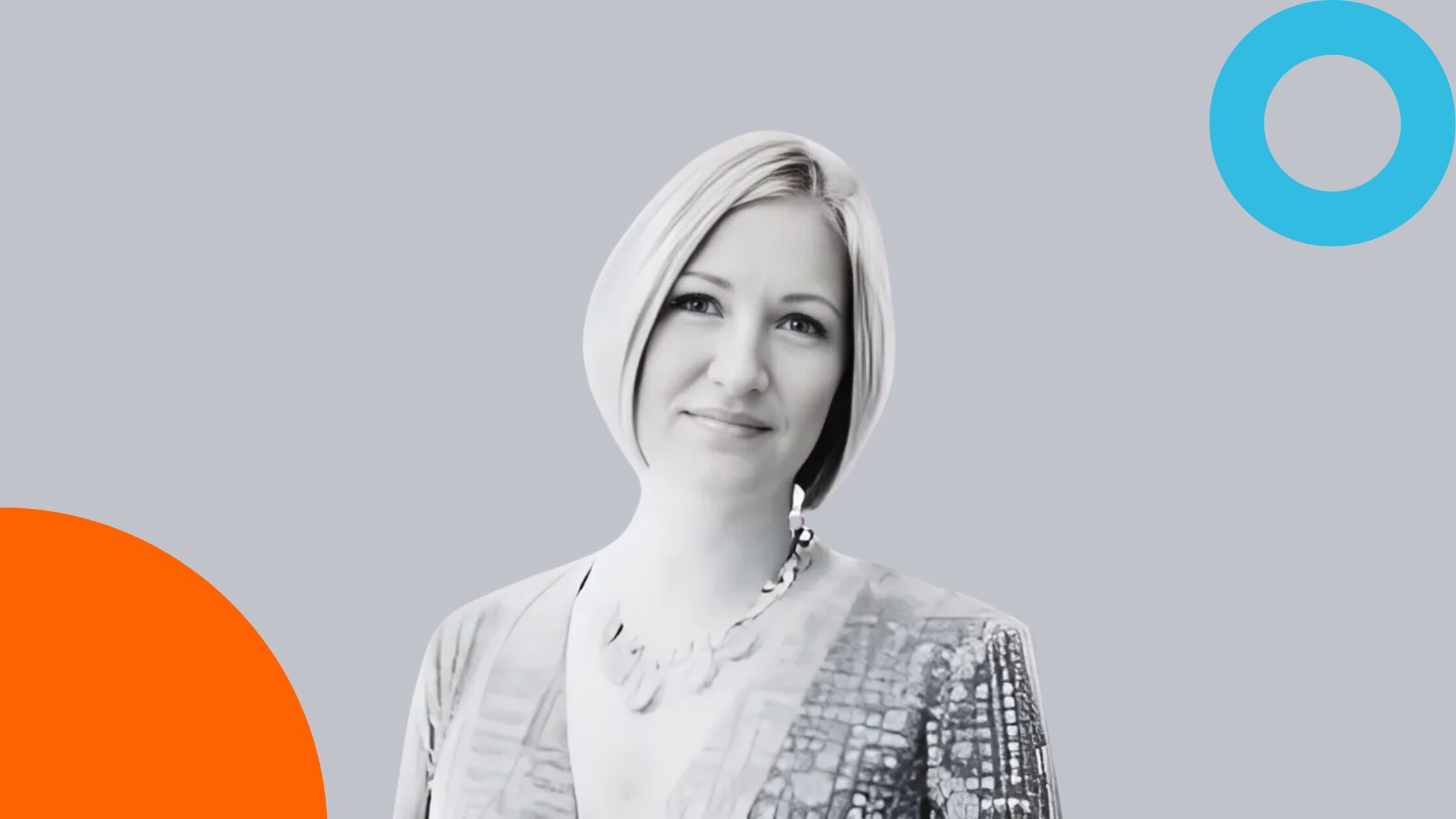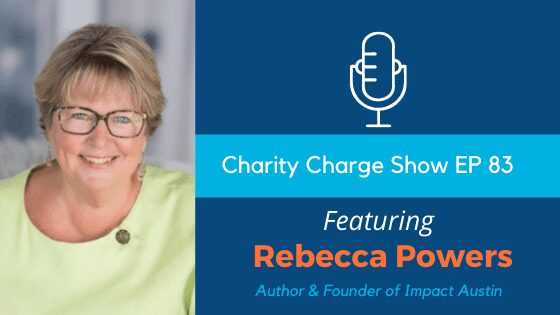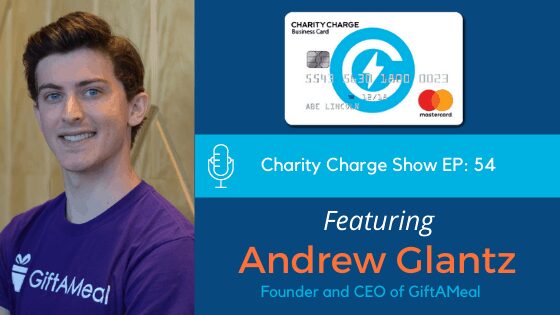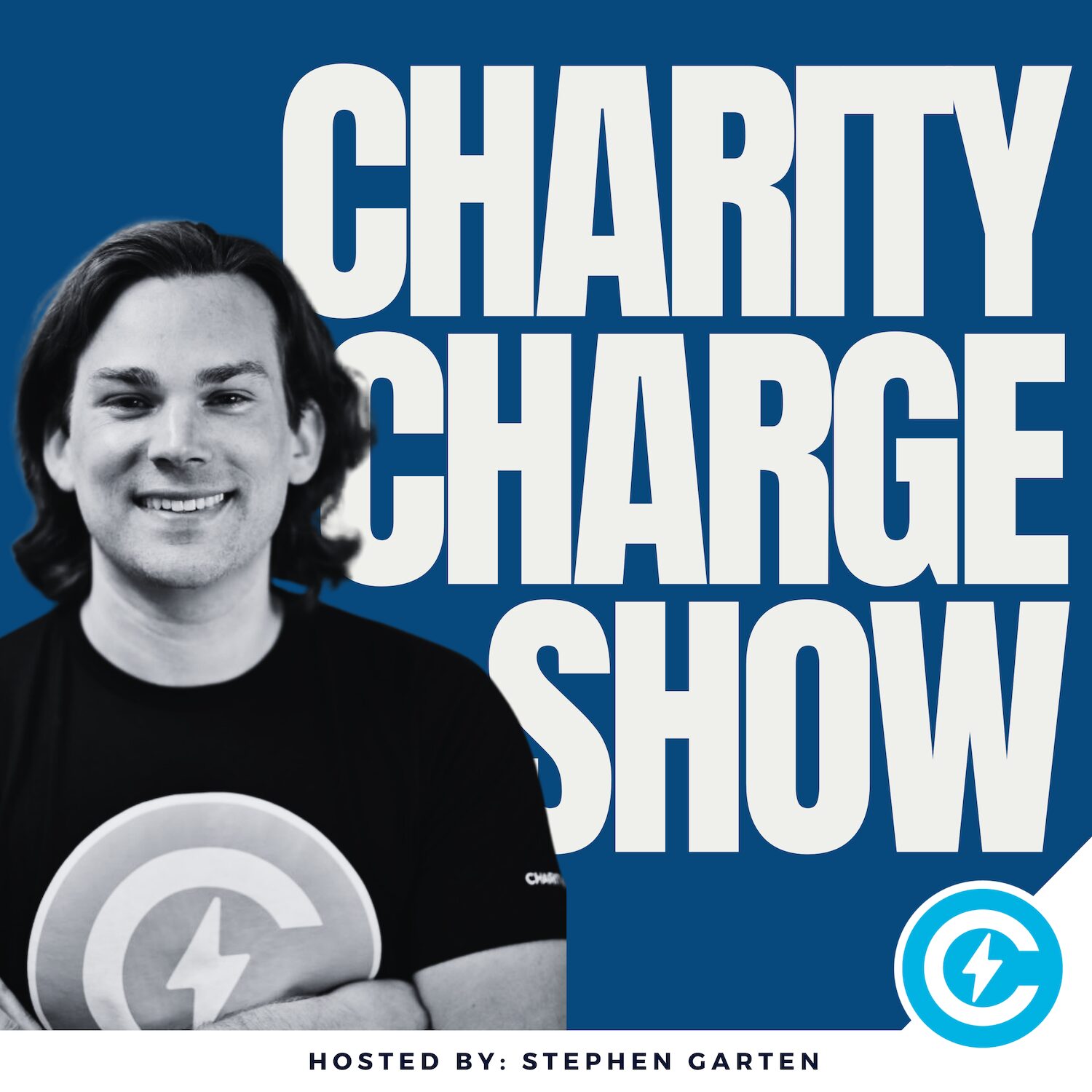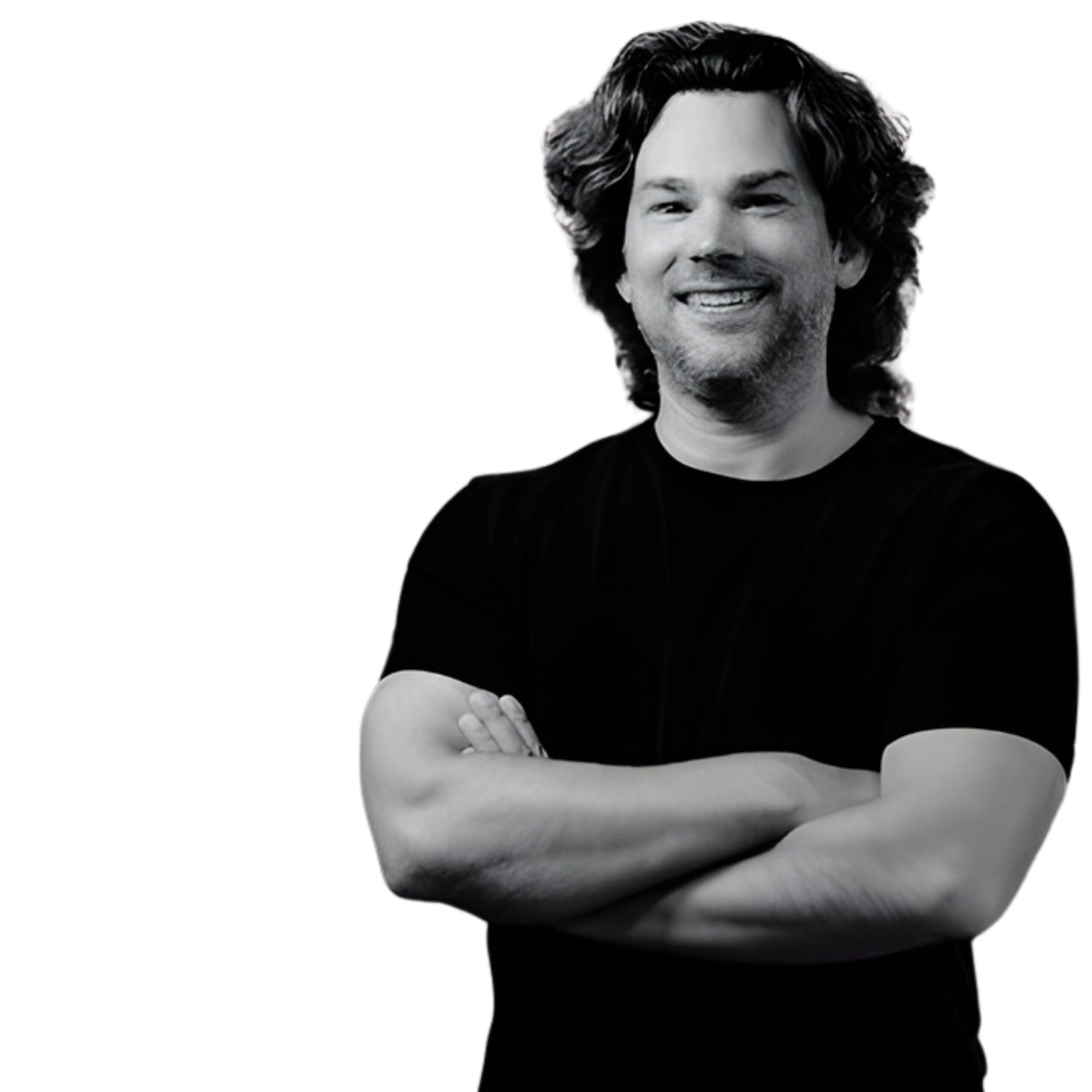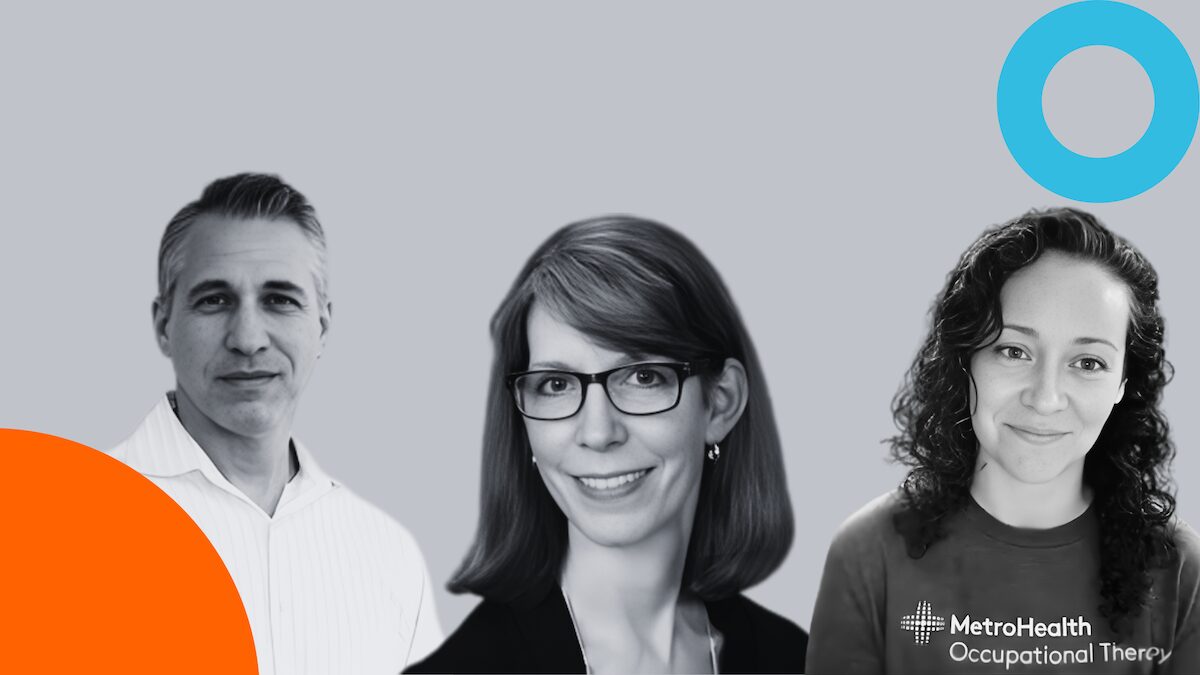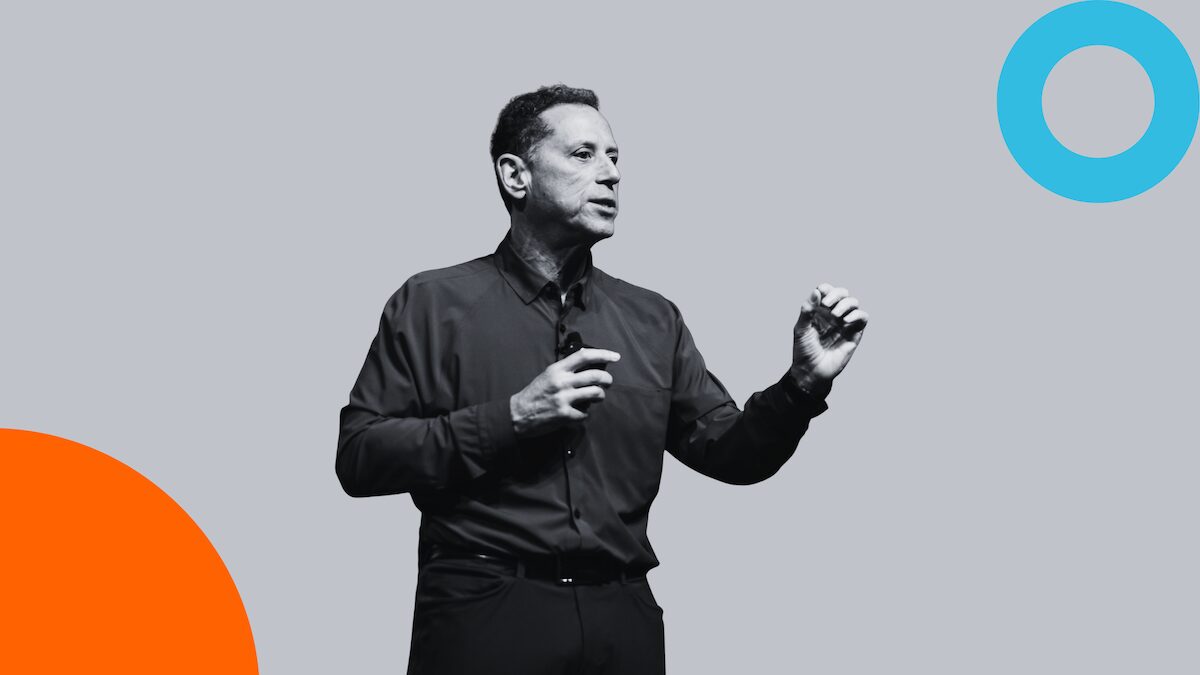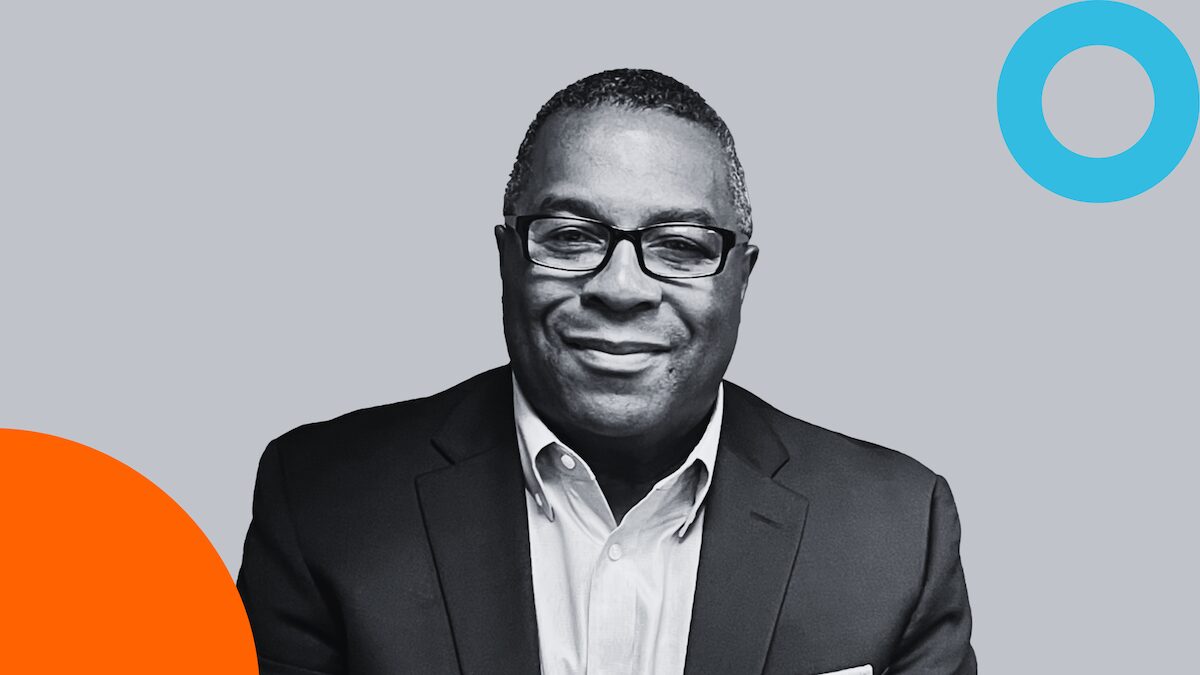In this episode of the Charity Charge Show, we sit down with Ann Fellman, CMO at Bloomerang, to unpack what’s actually happening in charitable giving and how nonprofits can raise more—consistently.
Drawing from the latest Giving USA data and Bloomerang’s vantage point across tens of thousands of organizations, Ann argues that the “decline in generosity” narrative is a myth. Generosity is shifting, not shrinking, and organizations that focus on relationships, recurring giving, and volunteer engagement are outperforming the sector.
“Generosity is alive and well—and growing. When we build genuine relationships and make giving easy, nonprofits raise more.” — Ann Fellman
About Our Guest
Ann Fellman leads marketing at Bloomerang, a nonprofit giving platform that brings together donor CRM, fundraising (online, offline, events, auctions), and volunteer management in one place. Bloomerang’s goal is simple: help nonprofits raise more—money, time, and community support—by making it easier to build lasting relationships.
Episode Snapshot
- Generosity is growing. Individual giving remains the largest slice of the pie and has increased year over year. Don’t let negative headlines drive your strategy—follow the data.
- The “meaty middle” matters. Mid-level and first-time donors can become a predictable revenue engine with a thoughtful recurring giving strategy.
- Volunteers are super-supporters. Treat volunteer time as an on-ramp to deeper engagement; volunteers often become major donors and planned givers.
- Planned giving is changing. As the Great Wealth Transfer accelerates and more family foundations adopt spend-down policies, proactive relationship-building is essential.
- Make it easy to give. Donation page UX and integrated tools can materially lift conversion (Ann cited ~30% conversion lift for customers optimizing with Bloomerang’s fundraising tools).
- Data + empathy = durable growth. Segment by life stage, align asks to donor capacity and timing (yes, market cycles influence larger gifts), and communicate impact clearly.
Key Insights & Practical Playbooks
1) Busting the “Declining Generosity” Myth
Ann encourages leaders to separate headlines from hard numbers. Individual donors—people like you and me—continue to fuel the majority of charitable giving. The takeaway: lean into individual relationships and keep your “reasons to believe” front and center with consistent storytelling and outcomes reporting.
Action steps:
- Track your individual donor cohort growth and retention quarterly.
- Report back impact within 30–45 days of a gift with concise updates and a specific next step.
2) Win the “Meaty Middle” with Recurring Giving
Many organizations over-index on major gifts while under-investing in the middle. Ann suggests appointing a “Recurring Giving Officer” (title and mandate) to own the pipeline from first gift → monthly commitment.
Action steps:
- Identify donors who gave $50–$250 in the last 12 months and invite them to $10–$25/month.
- Reframe: “Would you upgrade your $100 annual gift to $10/month to fund ___?”
- Build default monthly options on donation pages; promote impact tiers and tangible outcomes.
- Send milestone touches (3 months, 6 months, 12 months) with gratitude + impact micro-stories.
3) Volunteers as Donors (and Legacy Donors)
Ann shares a story of a longtime volunteer who ultimately left a $1M+ bequest. Volunteers are often the most committed believers in your mission.
Action steps:
- Track volunteer participation and donation history in one system.
- Add a “Will you also become a $10/month supporter?” nudge post-shift (email/app notification).
- Build a volunteer-to-donor journey: orientation → first shift → small ask → monthly invite → planned giving education.
4) Prepare for the Great Wealth Transfer & Foundation Spend-Downs
Boomers transferring wealth + foundations accelerating spend-down timelines = both risk and opportunity.
Action steps:
- Segment donors by life stage; survey to understand values, causes, and legacy preferences.
- Offer plain-language planned giving resources (letters of intent, beneficiary designations).
- Map local/regional family foundations, review public policies, and time your outreach accordingly.
5) Donation Page UX that Actually Converts
Ann notes that nonprofits using robust, modern donation pages are seeing meaningful conversion lifts.
Action steps:
- Keep forms short, mobile-first, and trust-rich (security badges, ratings, brief impact copy).
- Default to monthly; provide one-click upgrades; enable digital wallets and ACH.
- Test suggested amounts tied to outcomes (“$25 = one tutoring session”).
- Measure form completion and drop-off; iterate monthly.
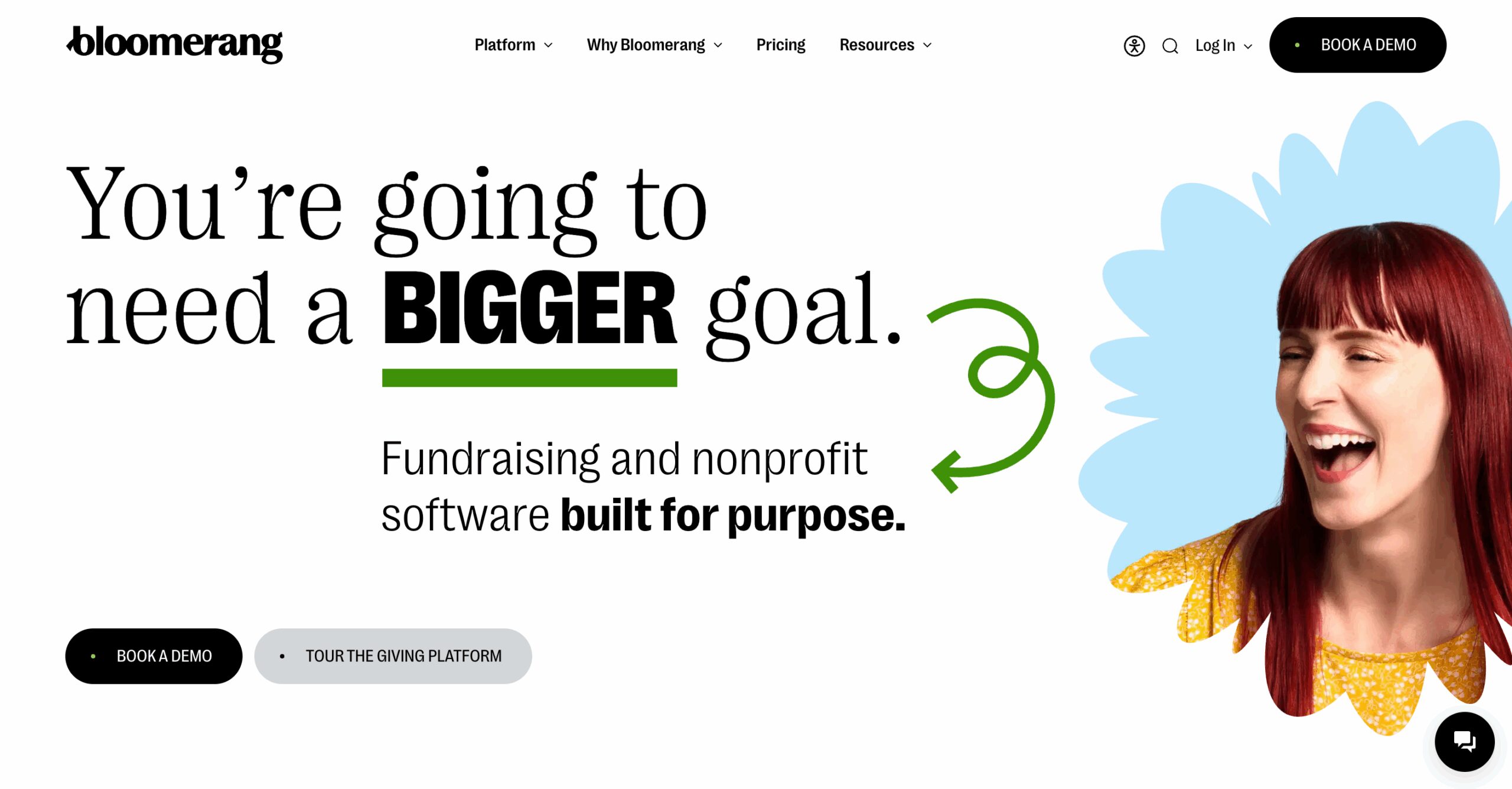
How Bloomerang Fits In
Ann frames Bloomerang as a giving platform designed to centralize relationships and make growth repeatable:
- Donor CRM: robust segmentation, life-stage insight, and relationship tracking.
- Fundraising: online forms, events, auctions, and reporting focused on conversion and retention.
- Volunteer Management: recruiting, screening, scheduling, reminders, and an app that makes participation easy—fully connected to donor records so you see a supporter’s complete journey.
“It’s not just technology—it’s a partner. The right tools, plus real guidance, help organizations raise exponentially more.” — Ann Fellman
Bloomerang also invests heavily in education—weekly webinars, blogs, and community Q&As—to help the sector level up skills across fundraising, storytelling, and operations.
Podcast Transcript Q&A
Q: Ann, let’s start with some context. What is Bloomerang, and how do you describe its role in the nonprofit sector?
Ann: At Bloomerang, our mission is simple: help nonprofits raise more. That means raising more dollars, more time from volunteers, and more community support. We’ve built what we call the Bloomerang Giving Platform, which combines donor management (CRM), fundraising tools (online, offline, events, auctions), and volunteer management all in one place.
The idea is that technology should make it easier to build relationships with supporters, not harder. When organizations get up and running with Bloomerang, they consistently outperform the sector in fundraising results. Our focus is on giving nonprofits the tools to connect authentically with their communities and build sustainability for the long term.
Q: The Giving USA 2025 report was just released. What are you seeing in the data that nonprofits should know?
Ann: The biggest myth we need to bust is the idea that generosity is declining. It’s not. It’s changing—but it’s not disappearing.
Individual giving still makes up the largest slice of the pie. In fact, in 2024, individual donors contributed 66% of all charitable giving, and those dollars grew by 8.2% year over year. That’s an extraordinary number.
Yes, there are challenges in the sector—funding freezes, staff shortages, more demand for services—but the data shows us that generosity is alive and well. The opportunity for nonprofits is to lean into where those shifts are happening and adapt their strategies accordingly.
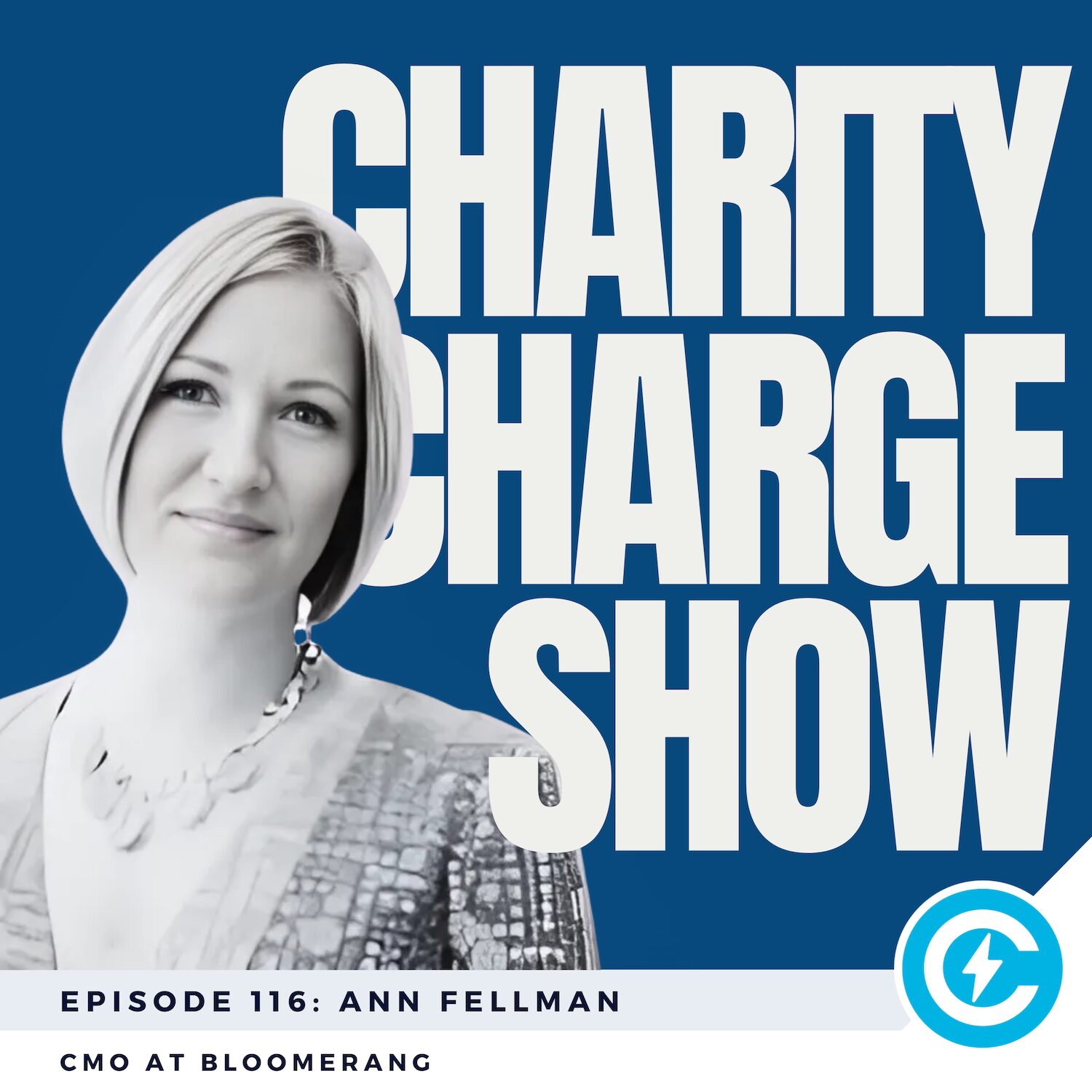
Q: Corporate and bequest giving showed some interesting shifts too. What should nonprofits make of those trends?
Ann: Corporate giving was up about 9%, which is solid, but it’s still not the largest area of opportunity. Corporations typically give about 1% of their profits. That hasn’t changed much. It should be part of your fundraising mix, but not the whole strategy.
Bequests are more nuanced. They’re tied to planned giving, and while year-to-year numbers fluctuate, over time they’ve trended down. But here’s the thing—bequests and individual giving together represent nearly three-quarters of all giving. That reinforces the importance of building strong, long-term relationships with individual supporters.
We’re also in the middle of the Great Wealth Transfer, with $70 trillion expected to move from Baby Boomers to the next generation in the coming decades. Nonprofits need to be proactive in cultivating both current donors and their families.
Q: For small nonprofits—say those with budgets under $1 million—how can they realistically prepare for this wealth transfer?
Ann: It starts with knowing your donors. Use surveys, data enrichment, and CRM tools to understand life stages. If you identify that a portion of your donor base is in the Boomer generation, start having deeper, more personal conversations with them.
But don’t stop there. You also need to engage the next generation of donors—their children and grandchildren. I hear from nonprofits all the time who worry that long-time donors’ kids don’t care about the mission. If you don’t build those relationships now, those donations may disappear when the wealth transfer happens.
One practical step: if a donor’s child has already made a $50 annual gift, invite them to upgrade to $10/month recurring. That small shift can grow into significant long-term support, especially as they inherit wealth.
Q: You’ve used the phrase “the meaty middle” when talking about donors. What does that mean, and why is it important?
Ann: The “meaty middle” refers to the group between first-time donors and major gift donors. Too often, nonprofits focus heavily on acquiring new donors or cultivating major donors, while the middle is overlooked.
But this group can become a predictable and sustainable revenue stream, especially through recurring giving. If someone gives you $100 once a year, invite them to give $10/month instead. That turns a $100 annual gift into $120, and it creates ongoing engagement.
Recurring donors also tend to have higher lifetime value. That’s why I encourage nonprofits to think about appointing a Recurring Giving Officer—someone dedicated to cultivating and growing this vital middle tier of supporters.
Q: Beyond fundraising, you’ve emphasized the importance of volunteers. Why should nonprofits think about volunteers as part of their giving strategy?
Ann: Volunteers are often your most passionate supporters—what I like to call “super-supporters.” They’re giving their time, but they’re also strong candidates to become donors.
I’ll share one story: a retired schoolteacher volunteered at a food bank every week for 20 years. She wasn’t wealthy, but when she passed away, she left that organization over $1 million.
That’s why it’s critical to integrate volunteer management and donor data. When you see both in one place, you can recognize patterns and invite volunteers to deepen their engagement—whether that’s making a small recurring gift, attending an event, or considering a planned gift.
Q: Looking beyond one year of data, what larger trends should nonprofit leaders and boards be preparing for in the next five to ten years?
Ann: A few stand out:
- Generosity is stable and growing. Don’t fall into the narrative that donors are fatigued. The data shows consistent giving, especially tied to stock market cycles.
- Family foundations are shifting. More are adopting spend-down policies rather than existing in perpetuity. That means big opportunities in the near term, but also the need to diversify your funding sources.
- Donors mirror the economy. Major and mid-level giving often lags stock market performance. If a donor pauses during a downturn, circle back when the market rebounds.
- Recurring giving will become the norm. Predictable monthly revenue stabilizes budgets and allows nonprofits to plan with confidence.
The nonprofits that succeed will be the ones that adapt quickly, invest in relationships, and use technology to scale personal engagement.
Q: For nonprofits considering Bloomerang, what makes your platform stand out?
Ann: We bring together what’s often siloed: donor CRM, fundraising tools, and volunteer management. When you have all of that in one place, you can see the full picture of a supporter’s relationship with your organization.
For example, maybe “Sally” volunteers twice a month. With Bloomerang, you can also see that she just made a $10 online gift after her last shift. That insight allows you to engage her more intentionally and build a deeper relationship.
On the fundraising side, nonprofits using our donation pages see an average 30% lift in conversion rates—that’s meaningful revenue you don’t want to leave on the table.
But it’s not just about technology. We also provide coaching, support, and free educational resources like weekly webinars. We see ourselves as a partner, not just a vendor.
Q: You’ve had a career in both for-profit tech and the nonprofit world. What keeps you passionate about working in this space?
Ann: I’ve always been passionate about technology, but also about nonprofits and the needs they fill in our communities. They deserve tools that are just as good as what for-profits have.
For me, the excitement comes from helping nonprofits grow and scale their impact—whether that’s raising more money, telling their stories more effectively, or engaging their communities better. It’s about connecting with people on an emotional level and helping them see that their support really matters.
Q: Finally, what advice do you have for nonprofit leaders building teams and leading through change?
Ann: Leadership is about enabling your team to do their best work—and then getting out of the way. I’ve learned the importance of being humble, staying curious, and recognizing that I don’t have all the answers.
When hiring, I look for people with a growth mindset—people who are humble, hungry, and smart. Curiosity is especially important. In interviews, I’ll ask candidates to tell me about something they became the best at. The answer shows me their drive and ability to push themselves, whether it’s work-related or not.
And when it’s not the right fit, act quickly. It’s better for both the person and the organization to make a change. Culture and values alignment matter just as much as skills.

